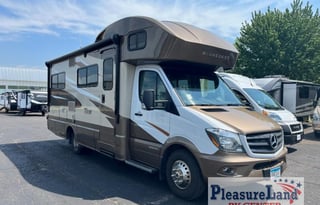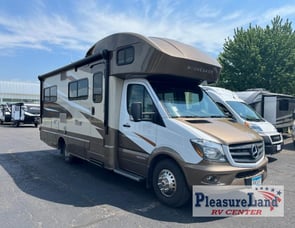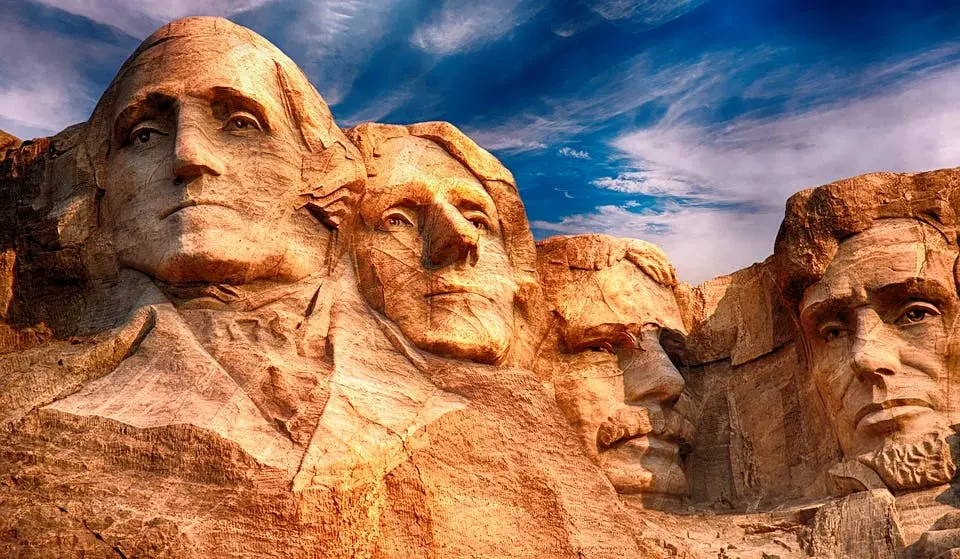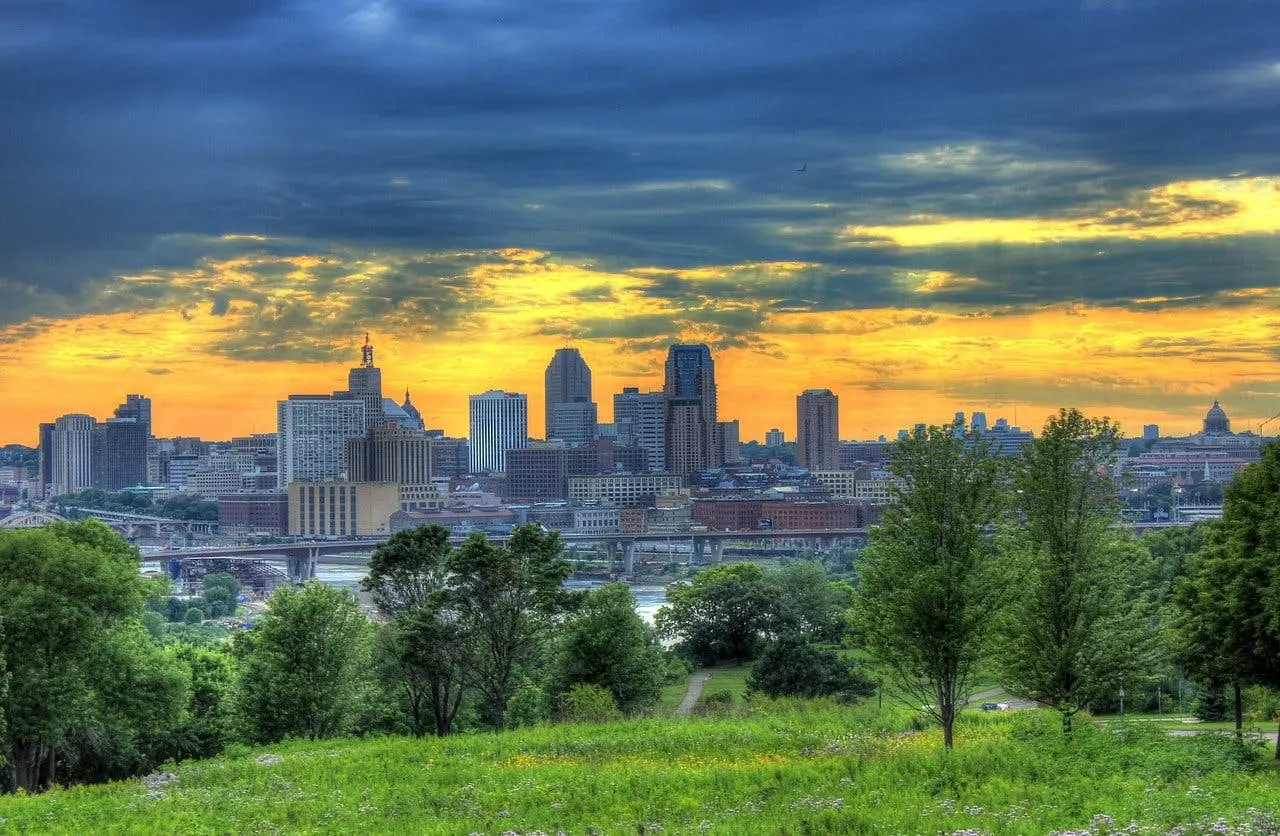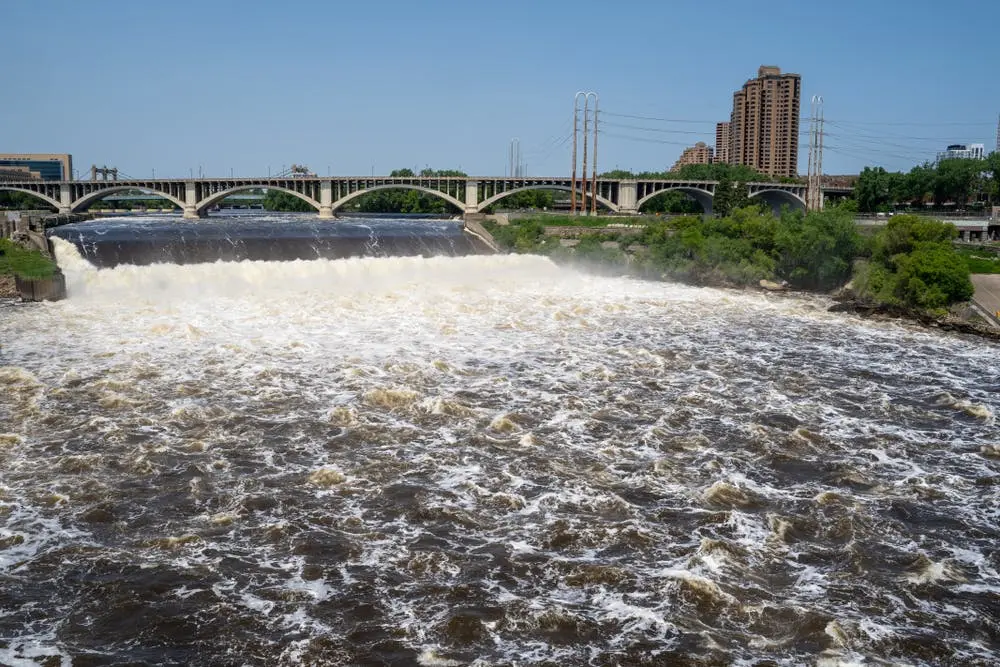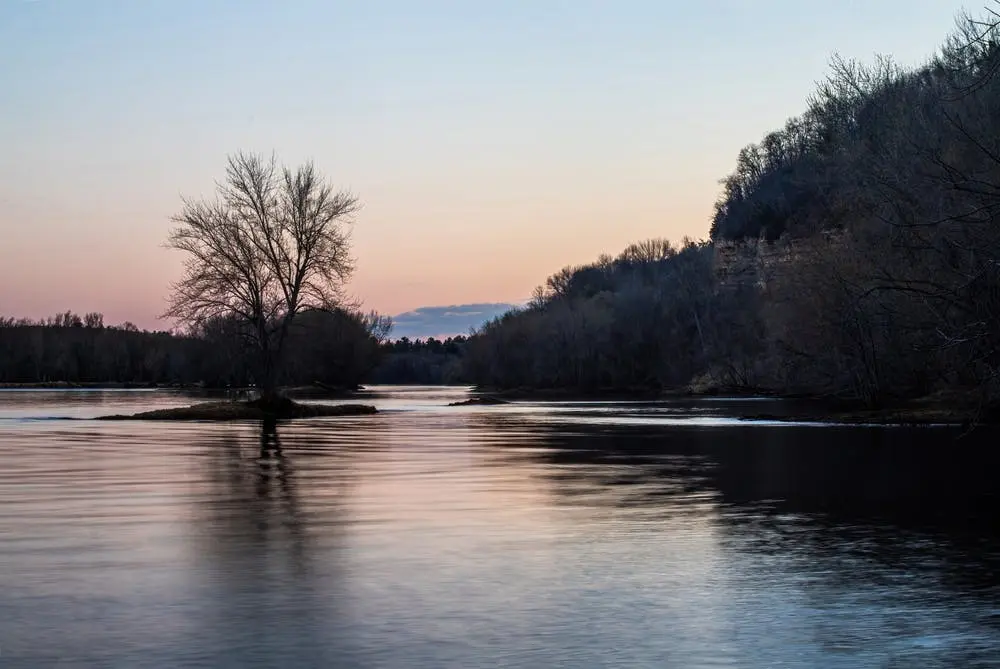RV Rental Chaska, MN
RV Rentals Near Chaska, MN
Pet Friendly RV Rentals in Chaska, MN
Top Motorhome RV Rentals
Top Travel Trailer RV Rentals
Longer Term RV Rentals in Chaska, MN
Budget Friendly RV Rentals in Chaska, MN



Chaska is a city in Southeastern Minnesota and the county seat of Carver County. The first inhabitants of the area that would become Chaska were believed to be Mound Builder Native Americans. Later, the Dakota Native Americans, also known as the Sioux, were the primary tribe in the region. A new settlement began to develop in the area in the early 1850s, and at that time, it was known as Little Rapids. In 1857, the Shaska Company officially platted the new townsite, which would later become Chaska. Chaska was officially incorporated as a village in 1871 and as a city in 1891. During the late 19th century, Chaska had become a flourishing center for brick manufacturing.
The 2023 population of Chaska is approximately 29,000. This area is known for its many beautiful parks, and if the weather is pleasant, you should visit a few of them while you're in town. You could have a picnic at City Square Park, play some basketball at Community Park, or explore the quiet nature trails around Lions Park. If you enjoy having fun on the water, you could head to Fireman's Lake for a fun day of swimming. Another great option for outdoor recreation is to take a stroll while enjoying the serenity of the Landscape Arboretum. For something a bit more exciting, you could spend an afternoon mountain biking at Hawk’s Ridge.
You should definitely spend time exploring downtown Chaska, where you'll find a variety of locally-owned shops, top-notch restaurants, and entertainment venues. There are many excellent eateries to sample around Chaska, including Chaska My Love, Tommy's Malt Shop, and Schram Haus Brewery. If you'd like to learn more about the area, you should browse the fascinating exhibits at the Chaska Historical Society.
Campgrounds Near Chaska, Minnesota
One superb campground in the Chaska area is the Town & Country RV Park and Campground, where you can grab one of the 80 full-hookup RV campsites for about $44 per night. The campground is known for its wonderful amenities, which include a heated saltwater pool, a hot tub, fire pits, picnic tables, and free Wi-Fi.
The Chain of Lakes Rice Creek Campground is also a lovely place to camp. Located about 25 minutes from Minneapolis, Minnesota, the campground is a fantastic destination for outdoor recreation. The park boasts hiking and biking trails, a fishing pier, a boat dock, and playgrounds. Other amenities include laundry facilities, a visitor center, showers, and clean restrooms.
There's also the Bunker Hills Campground, which offers 72 secluded RV campsites, many of which are equipped with water and electrical hookups. During your stay, you'll have access to numerous amenities including a visitor center, a playground, clean restrooms and showers, an RV sanitation station, and lots of scenic hiking and biking trails. Plus, the campground is known for having a very peaceful atmosphere.
State Parks Near Chaska, Minnesota
Situated in the western portion of Wisconsin, Willow River State Park is a very popular natural area comprising 2,891 acres. The park's most notable landmark is Willow Falls, a majestic waterfall cascading into a 200-foot gorge. The park also features Willow River and Little Falls Lake, where visitors can partake in activities like fishing, boating, and swimming. Other popular activities around the park include hiking, camping, and rock climbing. Wildlife enthusiasts should be on the lookout for red foxes, deer, bald eagles, cardinals, and other cool creatures.
Interstate State Park is located near Taylor Falls, Minnesota, along the banks of the beautiful St. Croix River. The park is known for its gorgeous autumn foliage, but the scenery is lovely throughout the entire year. Perhaps the most unique features of the park are the various lava flows, which frequently attract geologists to the area. Interstate State Park is also a popular destination for kayaking and canoeing enthusiasts, with the St. Croix River providing excellent paddling opportunities. Visitors can also hike through the dense woodlands and even examine the area's rocks for fossils.
The greater Chaska area also features another Interstate State Park, which lies along the St. Croix National Scenic Riverway. This park features diverse ecosystems, including bedrock glades, wetlands, and lowland and upland forests. While exploring the area, you might spot chipmunks, white-tailed deer, frogs, and many unique reptiles. The park is a wonderful birdwatching destination as well, with bald eagles, hawks, trumpeter swans, woodpeckers, and various songbirds inhabiting the area's skies. During your visit, you can cast your fishing line in the St. Croix River or hike the scenic trails.
National Sites Near Chaska, Minnesota
One interesting national site to visit is the Mississippi National River and Recreation Area. The recreation area is located along the Mississippi River corridor and is home to many different state and national facilities. As you explore the site, you'll find plenty of opportunities for canoeing, kayaking, fishing, hiking, snowmobiling, and other activities. You can also stop by the Anthony Falls Visitor Center to tour the dam, learn about the area's history at the Mississippi River Visitor Center, and walk through the wildflowers at Crosby Farm Regional Park.
Another national site that offers many recreational opportunities is the Saint Croix National Scenic Riverway. The site, which is part of the National Wild and Scenic Rivers System, preserves over 250 miles of the river and the surrounding land. Visitors can enjoy angling and boating in the river or navigate the many hiking and biking routes that wind through the area. There are also many serene places for primitive camping along the riverway and even a number of cross-country skiing trails to explore during the winter.
The Pipestone National Monument is one of the most significant Native American landmarks in Minnesota. The site is home to over 50 quarries, which feature soft red stone. This red stone is considered sacred by the region's Native Americans, who regularly visit the site to dig and carve the rock. They carve the stone into pipes, which they use for sacred ceremonies and prayer. During your visit, you can start by checking out the visitor center to browse the many educational exhibits. You should also walk along the site's trails—such as the South Quarry Trail and the Circle Trail—to get a closer look at the fascinating quarries.
National Forests Near Chaska, Minnesota
Chippewa National Forest is a large natural haven that was originally established as a reserve in 1902. However, in 1908, the area was re-established as a national forest. Perhaps the coolest section of the forest is its area filled with old-growth trees, with some believed to be more than 350 years old. If you're a history buff, you'll want to stop by landmarks like the Civilian Conservation Corps camp, Camp Rabideau, and the Chippewa National Forest Historic Supervisor's Office. You can also check out the three separate visitor centers found throughout the forest. As for recreational opportunities, hiking, fishing, geocaching, stargazing, wildlife viewing, birdwatching, snowmobiling, cross-country skiing, and snowshoeing are all popular options for visitors.
Chequamegon-Nicolet National Forest is another massive national forest, encompassing over 1.5 million acres in Northern Wisconsin. Thousands of years ago, the area was inhabited by several different Native American tribes. During your visit, you can hike some of the area's many scenic trails including the Anvil Lake Trail and the Assessor's Interpretive Trail. While you navigate the forest, you might spot foxes, wolves, black bears, white-tailed deer, and many other wildlife species. There are also quite a few lakes found throughout the forest, providing great opportunities for swimming, fishing, kayaking, canoeing, and boating.
Superior National Forest is a serene and beautiful forest that offers excellent recreational opportunities. The landscape consists of woodlands, watersheds, meadows, hills, and lakes. The forest borders the vast Lake Superior, and those exploring the forest have access to fishing piers, swimming beaches, and picnic areas around the lake. If you cast your fishing line in the area's lakes, rivers, and creeks, you'll have a good chance to reel in walleye, northern pike, smallmouth bass, and several species of trout. Hiking enthusiasts should make a point to visit quality routes like the Oberg Mountain Loop Superior Hiking Trail and the Bass and Dry Lake Loop.
Road Trips Starting from Chaska, MN
Popular State Parks Near Chaska, MN
Must-see Monuments and Landmarks Near Chaska, MN
RVshare’s Top Picks for Nearby RV Parks & Campgrounds
RV Rentals Near Chaska, MN
Frequently Asked Questions About Renting an RV Near Chaska, MN
How much does it cost to rent an RV in Chaska?Motorhomes are divided into Class A, B, and C vehicles. On average expect to pay $185 per night for Class A, $149 per night for Class B and $179 per night for Class C. Towable RVs include 5th Wheel, Travel Trailers, Popups, and Toy Hauler. On average, in Chaska, MN, the 5th Wheel trailer starts at $70 per night. Pricing for the Travel Trailer begins at $60 per night, and the Popup Trailer starts at $65 per night.
Do you need to be a certain age to rent an RV in Chaska?Yes. The minimum age is 25 to be eligible to get an RV Rental in Chaska from RVshare.
Does RVshare have emergency roadside assistance?Yes. Every RV rental booked through RVshare receives 24/7 emergency roadside assistance.
Does RVshare offer one way RV rentals in Chaska?Yes. Prior to renting any RV, check with the owner since not all will offer this particular option.
